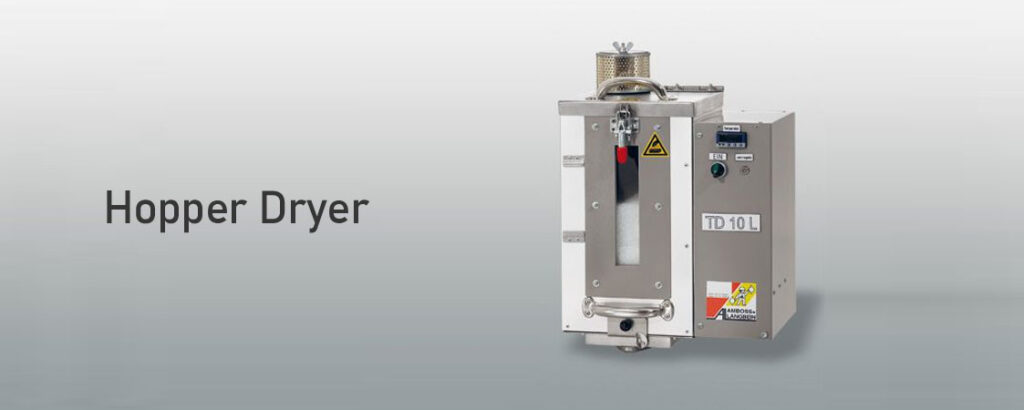Extrusion Control for Plastics Processing
In Extrusion Control for Plastics Processing Raw thermoplastic material, or resin, is fed into an extruder’s barrel by gravity from a top-mounted hopper. Colorants and ultraviolet light (UV) inhibitors are two examples of additives that may be added to the resin as it enters the hopper Dryer from below. The method is quite similar to plastic injection moulding, except that it is often continuous. In contrast to injection moulding, which involves pushing a fluid resin through a die, the completed product in this method is pushed out of a die, resulting in a greater number of identical profiles in a continuous length, sometimes with additional reinforcing.
The plastic resin is pushed into the barrel and heated to a melting point appropriate for the resin by a spinning screw. The screw is in direct touch with the material when it enters the feed throat at the back of the barrel. In most procedures, the barrel is heated in stages, beginning at the back, where the resin is introduced and working its way forward, using three or more separate PID (proportional-integral-derivative controller) controlled heat zones. This reduces the likelihood of the plastic resin degrading due to overheating as it is forced through the barrel.
Temperature Controllers for Plastics Processing are crucial when working with plastic extrusions to keep the resin at the right temperature and a steady melting rate. As pressure and friction build up in the extruder’s barrel, temperatures fluctuate. Plastic’s consistent fluidity is maximized, and the likelihood of stress and warping is reduced when the temperature is just right. Cooling fans and cast-in heater jackets may also aid in maintaining the correct extrusion temperature. Still, it is the responsibility of the operator to monitor the heaters and adjust their settings as needed to keep the extruder at a consistent temperature. For More Information About:- Follow Me





